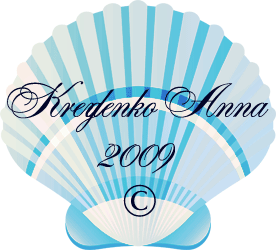Romanticism
Romanticism and romanticism, and the Romantic school - an art movement and style that flourished in the early nineteenth century. It emphasized the emotions painted in a bold, dramatic manner. Romantic artists rejected the cool reasoning of classicism — the established art of the times — to paint pictures of nature in its untamed state, or other exotic settings filled with dramatic action, often with an emphasis on the past. Classicism was nostalgic too, but Romantics were more emotional, usually melancholic, even melodramatically tragic. Paintings by members of the French Romantic school include those by Theodore Gericault (French, 1791-1824) and Eugene Delacroix (French, 1798-1863), filled with rich color, energetic brushwork, and dramatic and emotive subject matter. In England the Romantic tradition began with Henry Fuseli (Swiss-English, 1741-1825) and William Blake (1757-1827), and culminated with Joseph M. W. Turner (1775-1851) and John Constable (1776-1837). The German landscape painter Caspar David Friedrich (1774-1840) produced images of solitary figures placed in lonely settings amidst ruins, cemetaries, frozen, watery, or rocky wastes. And in Spain, Francisco Goya (1746-1828) depicted the horrors of war along with aristocratic portraits.

